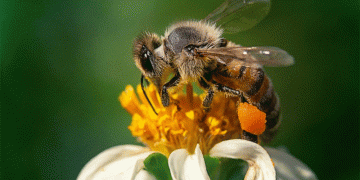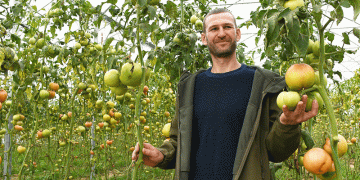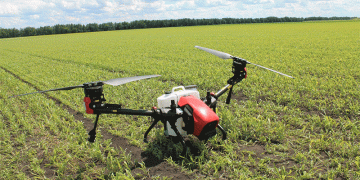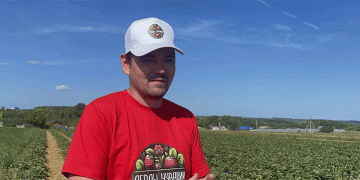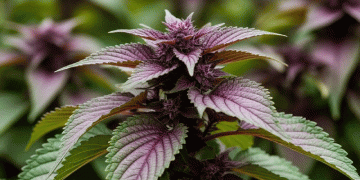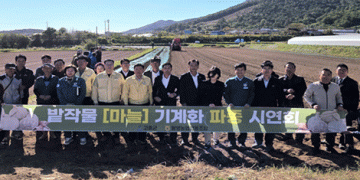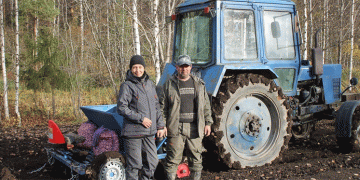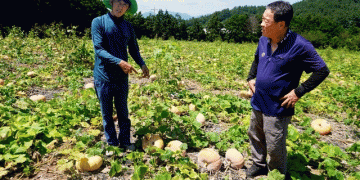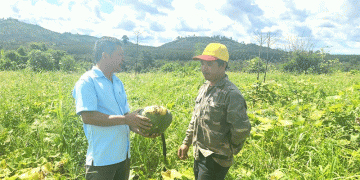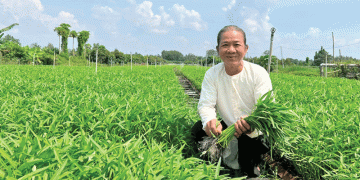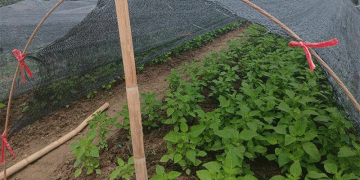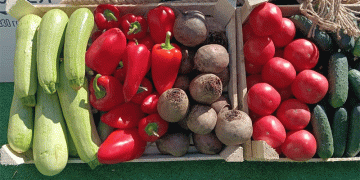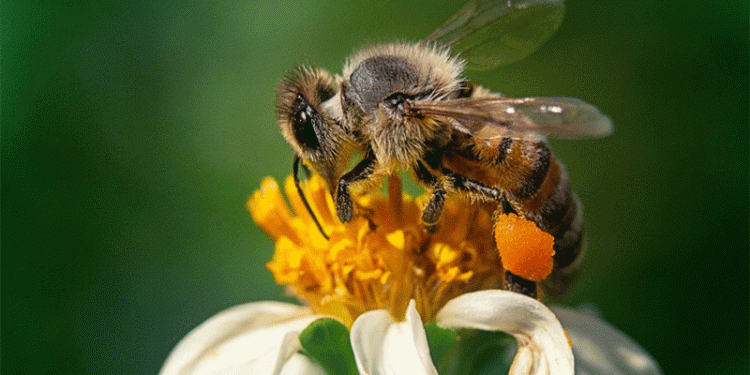Farmers and agronomists in Lipetsk Oblast are making a strategic shift from foreign to Russian bumblebees for greenhouse pollination, reporting significant improvements in yield and cost efficiency. One of Russia’s largest protected-ground vegetable producers has adopted domestically bred bumblebees from Voronezh and Tambov regions, replacing previous suppliers from Turkey, the Netherlands, and Israel.
Why Russian Bumblebees?
- Higher Cost Efficiency – Local bumblebee colonies are up to 40% cheaper than imported ones, reducing production costs.
- Improved Logistics – Domestic suppliers eliminate cross-border shipping delays and currency fluctuations, ensuring stable supply chains.
- Enhanced Pollination Performance – Russian breeders are selectively improving bumblebee strains, leading to 20-30% higher yields in tomatoes and cucumbers, along with better fruit size and quality.
The Science Behind the Success
Studies show that bumblebee pollination increases fruit set and uniformity in greenhouse crops. According to 2023 research from the All-Russian Institute of Plant Protection, domestically adapted bumblebees demonstrate higher activity in lower temperatures, making them more reliable in variable climates.
Economic and Agricultural Benefits
Governor Igor Artamonov of Lipetsk Oblast highlights that localizing pollination services strengthens food security while reducing dependency on foreign inputs. With Russia’s bumblebee farming industry growing at 15% annually (Rosstat, 2024), more greenhouse operators are expected to adopt this model.
The transition to Russian bumblebees is a prime example of how agricultural import substitution can drive productivity, lower costs, and improve resilience. As domestic breeding programs advance, farmers nationwide may increasingly turn to homegrown pollinators for sustainable, high-yield cultivation.
